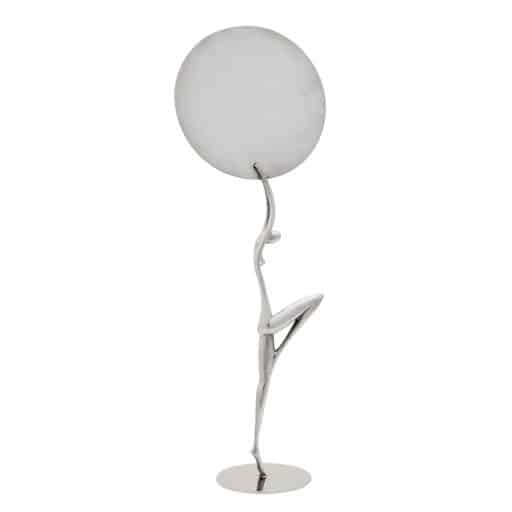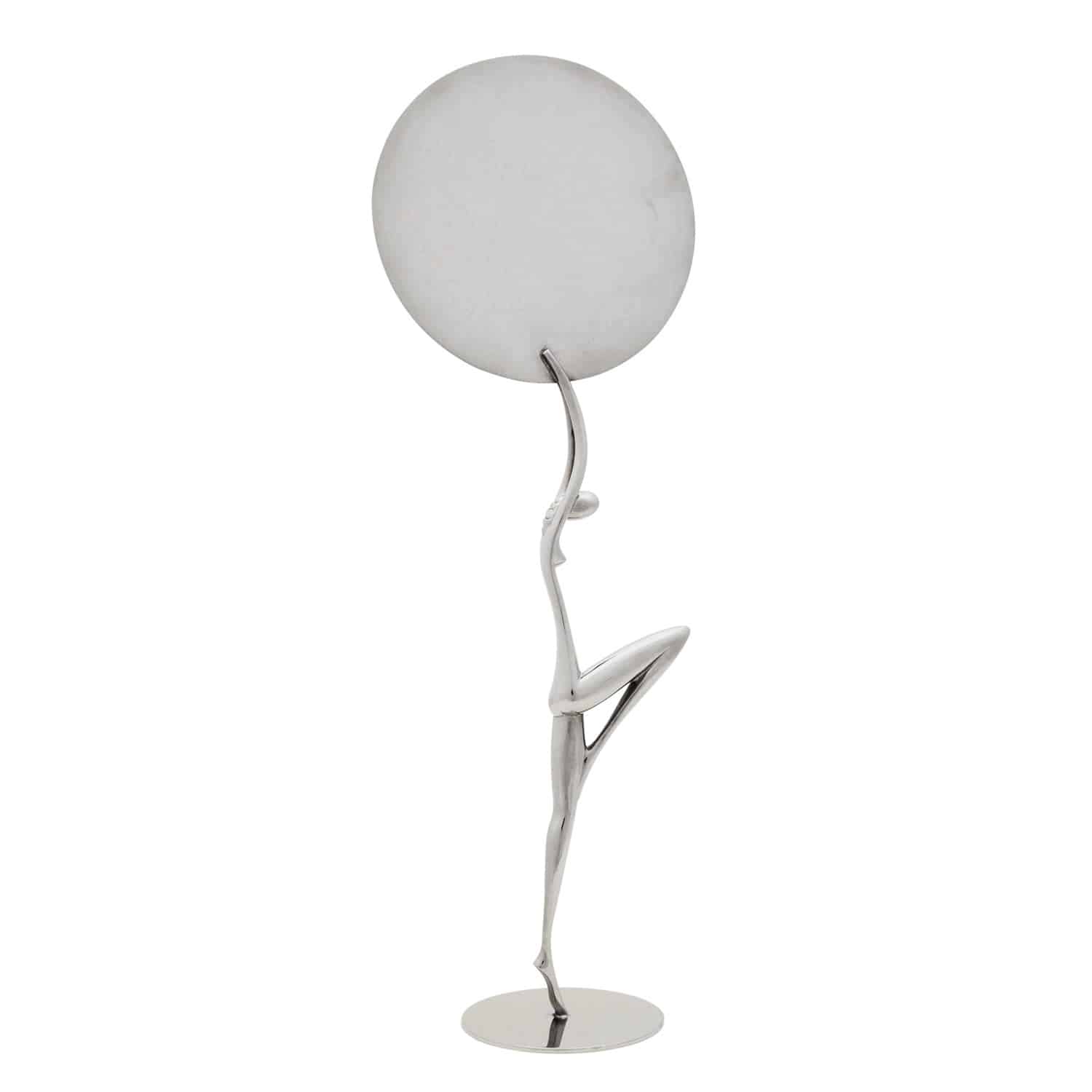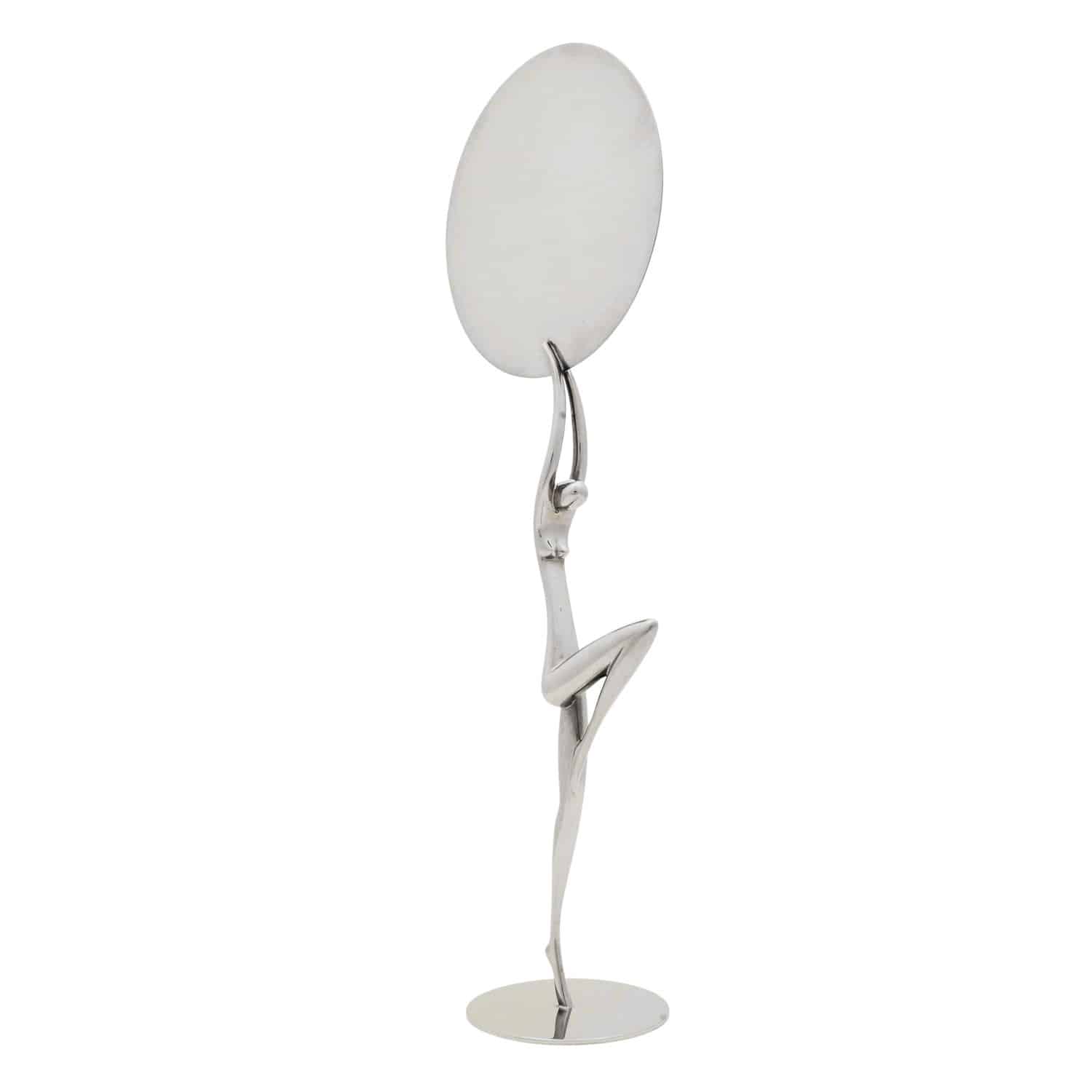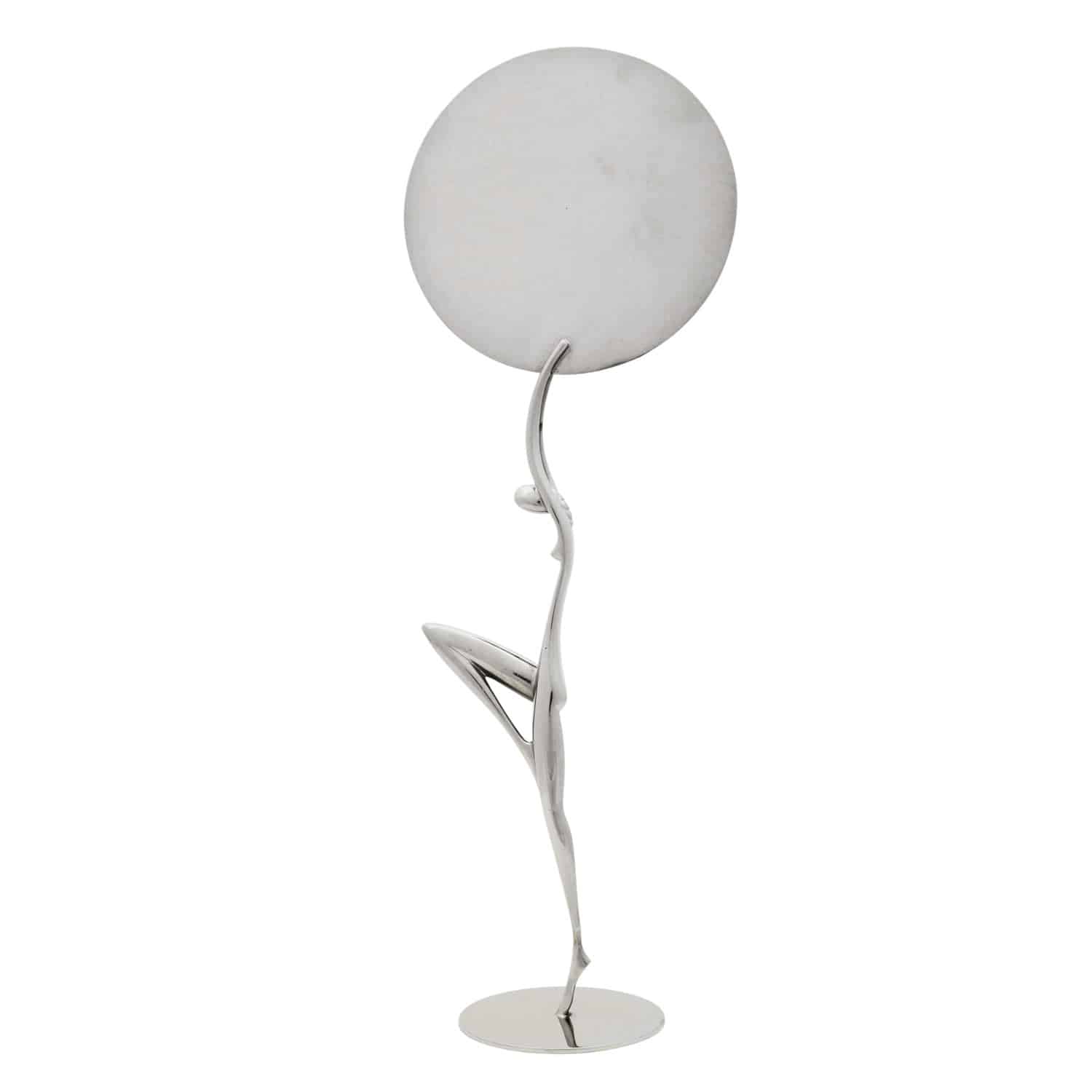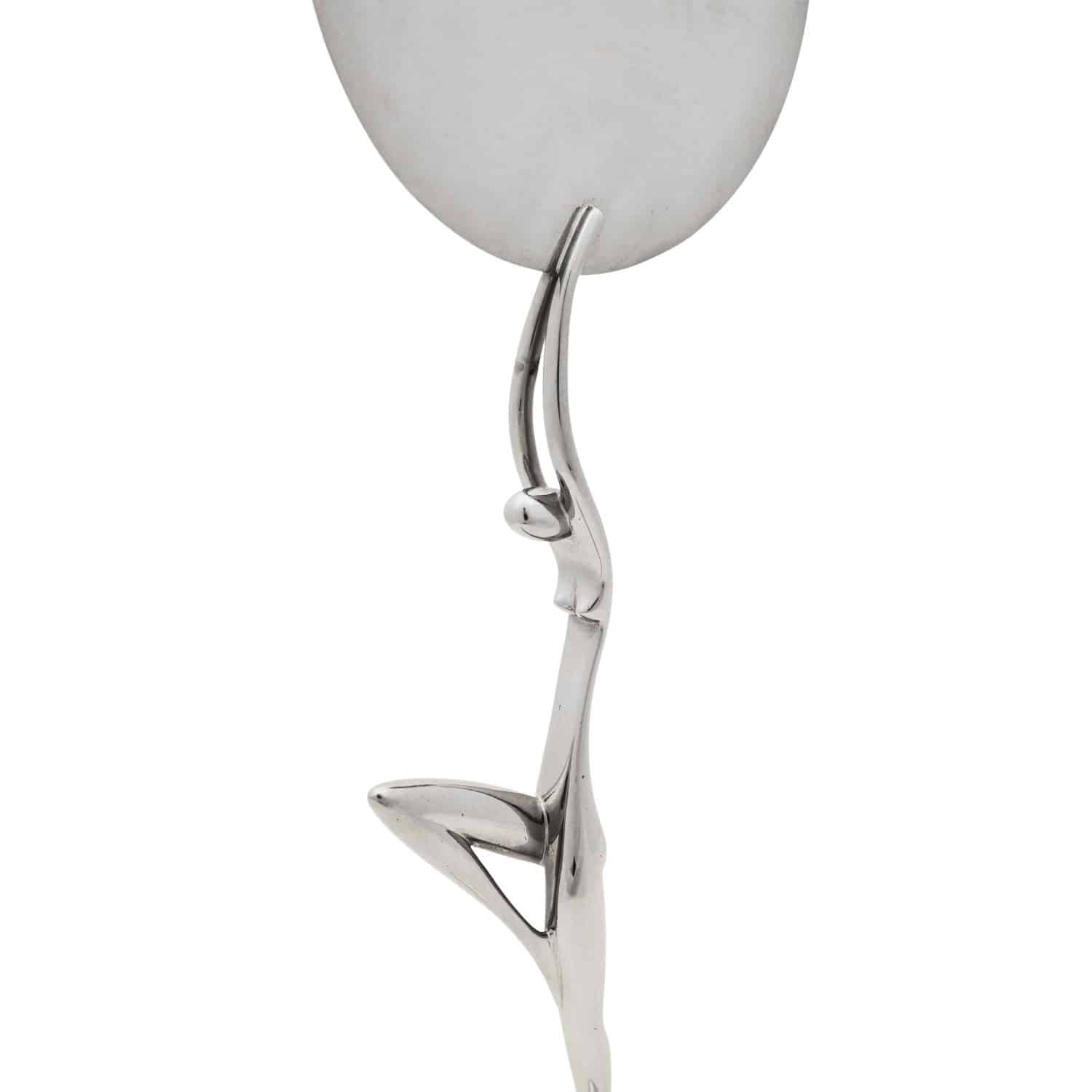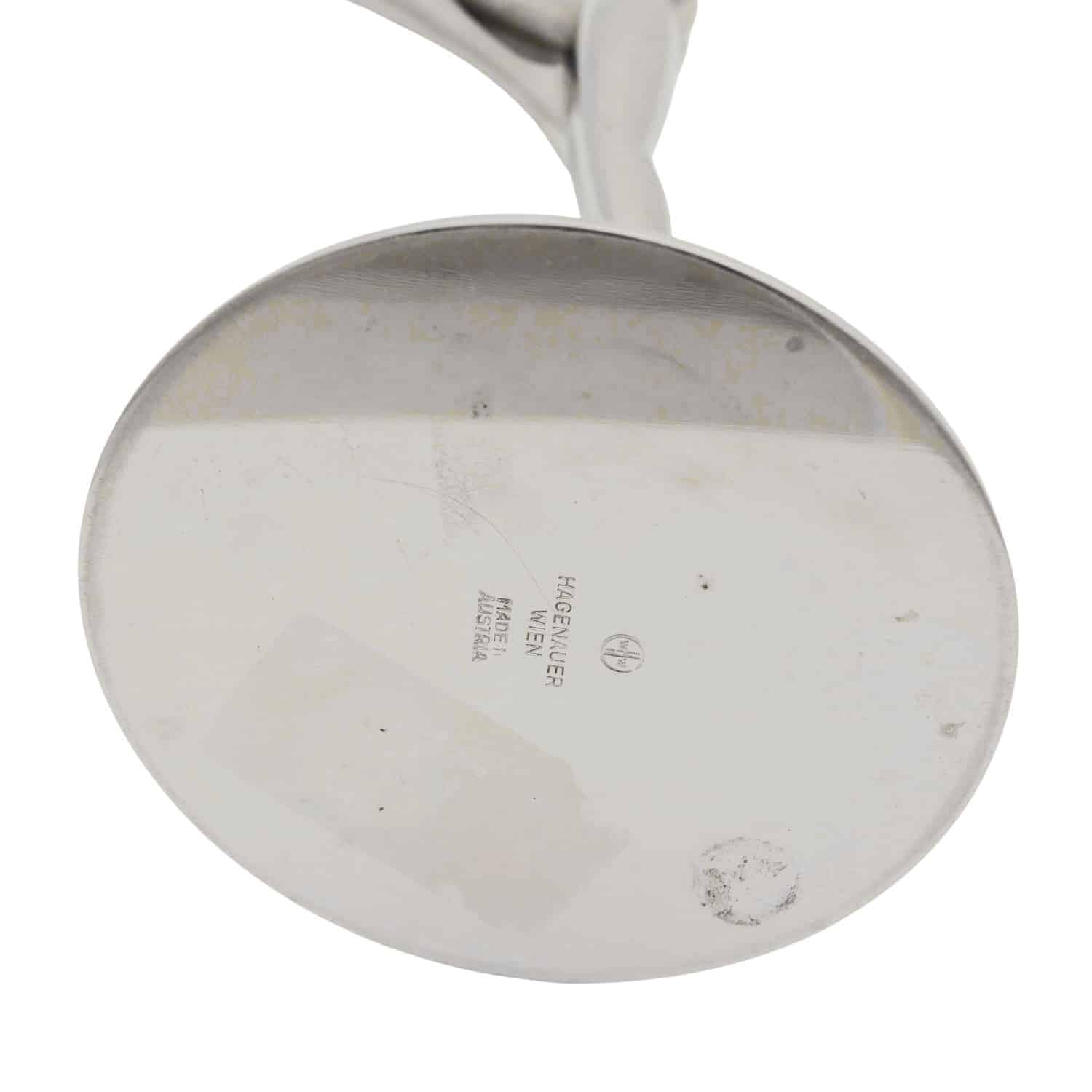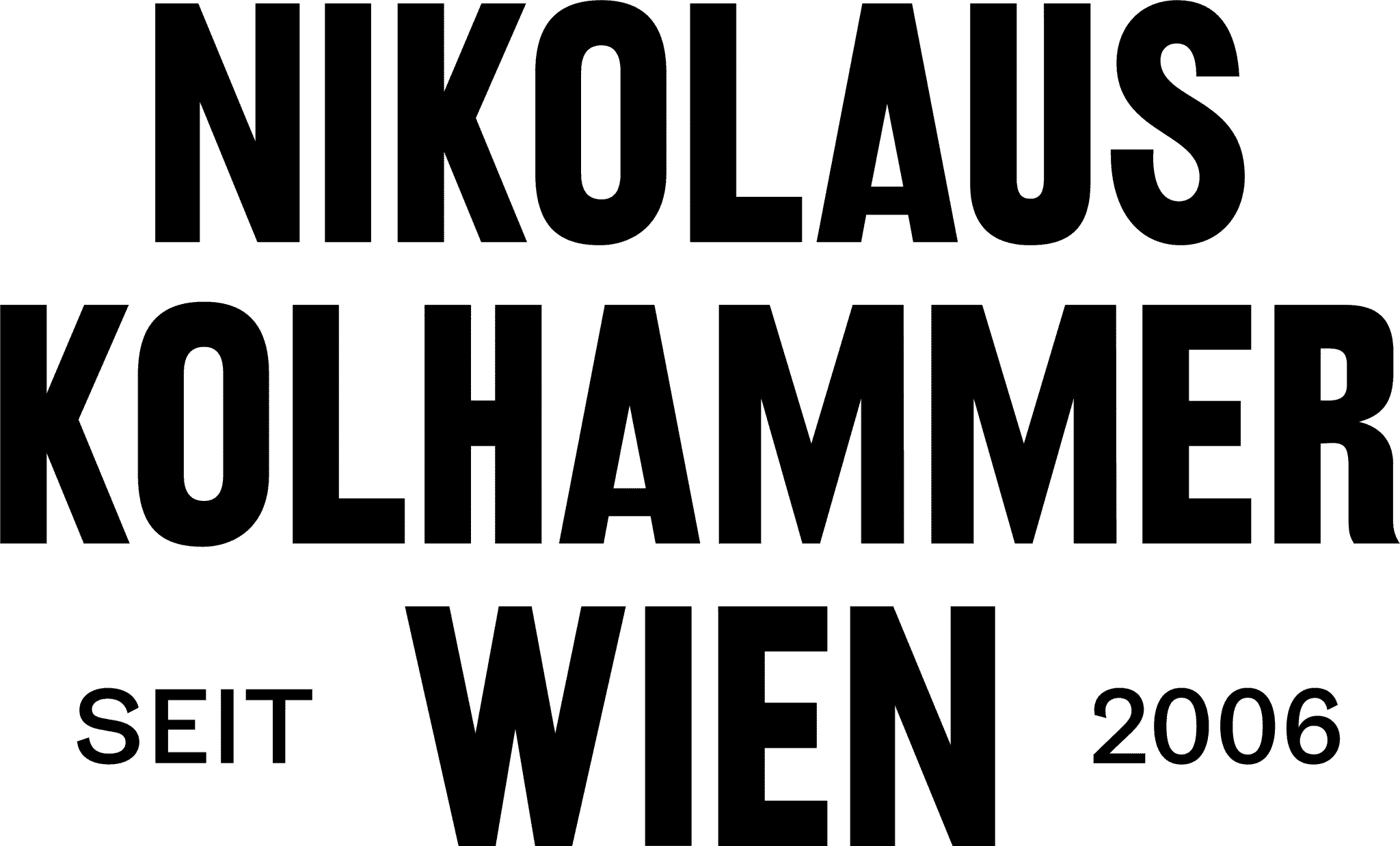Female nude with mirror Karl Hagenauer ca. 1928
Female nude with mirror “Dancer”, Karl Hagenauer, Werkstatte Hagenauer Vienna, ca. 1928, brass cast, nickel-plated, marked
Out of stock
Description
Mirrors by Werkstätte Hagenauer are among the most charming items of the Viennese manufactory. In addition to wall and hand mirrors, one can find various types of table mirrors, ranging from small standing mirrors to large vanity mirrors for ladies. Karl Hagenauer designed this enchanting table mirror with a Nude at the end of the 1920s, in the early years of Werkstatte Hagenauer. Gracefully, on her tiptoe and with a bent knee, the female dancer juggles the mirror between with raised hands. Her elongated limbs and charming details like the braided hair add to her graceful elegance. The long, slender body is supported solely by her delicate foot. With this sculpture Karl Hagenauer brilliantly mastered a balance between minimalist physical features and expressive poses. The design of the figurine was likely inspired by the showgirls of the great Parisian Varietè theaters who captivated all of Europe in the 1920s.
Artist
Karl Hagenauer (1898 – 1956) was an Austrian metal artist and designer who, together with his brother Franz, ran the Werkstatte Hagenauer Wien. Together they wrote Austrian design history with their utility and decorative objects made of metal and wood. In the metalworking business of his father Carl (1872-1928), Karl Hagenauer had the opportunity to learn the artisan side of the girdler's trade at an early age. He received his training at the Vienna School of Arts and Crafts under Franz Cizek, Oskar Strnad and Josef Hoffmann. Interrupted by his military service in World War I, he finished his studies in 1920. Following Josef Hoffmann's initiative, he then provided designs for the Wiener Werkstatte. Especially in this early phase, the influence of his teachers, in particular the ornamental and playful form language of Dagobert Peche is clearly distinguishable. Soon a stylistic change became apparent in Karl Hagenauer's work: pure ornamentation was pushed into the background, reduced forms became more dominant. Especially in the figural segment, he now developed his own distinctive style with altered proportions and elongated limbs. He also gave preference to less noble metals such as brass, alpaca and copper over the materials he had previously used, such as silver and ivory. What did not change, however, was the high quality of the objects' craftsmanship. Fine examples of this are his designs for lamp stands in the form of highly stylized female nudes or the well-known dancer figurine of Josephine Baker from the late 1920s*. The Hagenauer workshop also successfully marketed exotic African dancer statuettes as well as whimsical animal figures made of wood. Due to the economic conditions of the interwar period and the Second World War, the Hagenauer workshop at times produced mainly simple but nevertheless high-quality utilitarian or decorative objects made of metal or wood. The authorship of many of these designs can no longer be attributed to either Karl or Franz Hagenauer specifically. Karl Hagenauer died in 1956 and subsequently Franz Hagenauer continued to run the workshop until the 1980s. * cf. Olga Kronsteiner, Monika Wenzl-Bachmeier (ed.), Hagenauer – Viennese Modernism and New Realism, exhibition catalogue Wagner:Werk Postsparkasse, Vienna 2011, p. 38 and p. 67
Execution
Werkstätte Hagenauer – stylistic evolution and importance
Today, the Werkstatte Hagenauer is rightfully among the most important Austrian Arts & Crafts manufacturers of the 20th century. The clear, strict formal language combined with dynamic poses and the usage of brass, nickel-plated, patinated or bare, along with copper, alpaca and exotic wood shows a high level of recognition.
However, it took the siblings Karl and Franz Hagenauer quite some time until they developed their own unique style. Karl and Franz both attended the Vienna School of Arts & Crafts and studied under Josef Hoffmann, Oskar Strnad, Anton Hanak and Dagobert Peche.
Until the closure of the Werkstatte Hagenauer on December 30, 1987, art objects of outstanding quality were still being produced. The siblings Karl and Franz Hagenauer strongly contributed in coining the term „design“ through their legacy and are surely among the most influential Austrian artists of the 20th century.
Inquiry
By submitting the inquiry form, you agree to the use of your data for this inquiry. Privacy Policy
